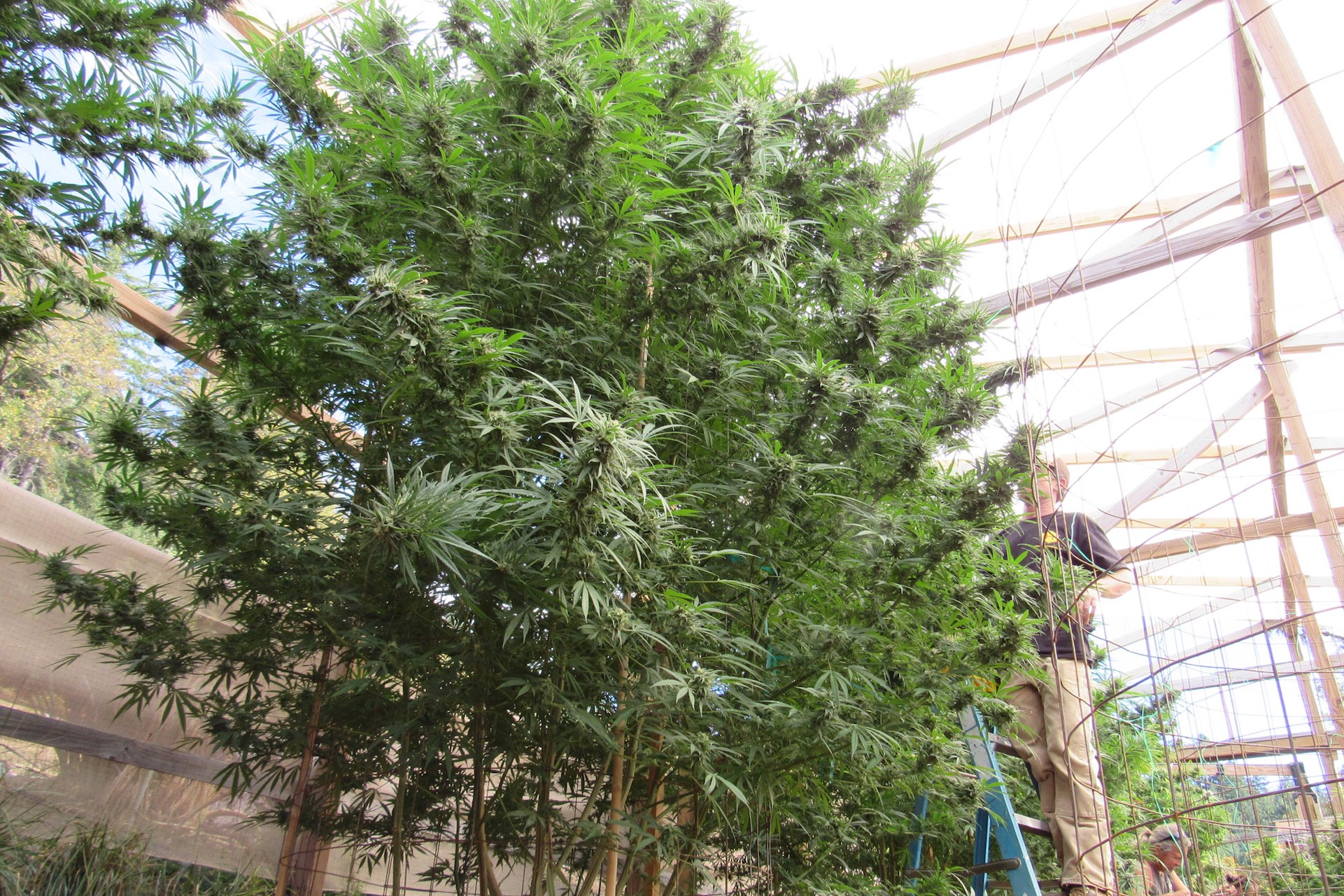

They’re better known as upright elephant ears, since the leaves in each new clump grow vertically-that is, higher than the previous clump, while staying nearly the same width-rather than horizontally like most other tropical species. You may have heard of them referred to as elephant ears, a common name given to several species of similar-looking plants with large, heart-shaped leaves belonging to the genera Alocasia, Colocasia, and Xanthosoma.Īlocasias are the plants you’ll typically find growing indoors. The Jewel Alocasias are remarkable rainforest specimens with unique leaf textures, shapes, and variegation. And “jewel” is quite a fitting name, as they include the jewels of the modern houseplant boom, such as Alocasia amazonica ‘Polly,’ Alocasia baginda ‘Dragon Scale,’ and Alocasia rugosa ‘Melo.’


They range wildly in size, from species that stay compact at just 1 to 2 feet, to plants that grow over 12 feet tall with leaves spanning 3 feet in length.įor the casual plant lover, however, the majority of Alocasias sold in plant shops and garden centers are on the smaller side-a special subgroup of tropical aroids known as Jewel Alocasias-making them more manageable as houseplants. Many more varieties of Alocasia exist through hybridization. Maybe it’s because I live in Central Oregon where winter seems to last half the year, but the striking foliage on these head-turning plants never fail to make my home feel like a tropical hideaway.Īlocasia is a genus of broad-leaved perennial flowering plants from the family Araceae (otherwise known as the aroids), containing 97 recognized species that are native to tropical and subtropical Asia and Eastern Australia. Of all the ornamental plants you can grow indoors, Alocasias are among my favorite.


 0 kommentar(er)
0 kommentar(er)
